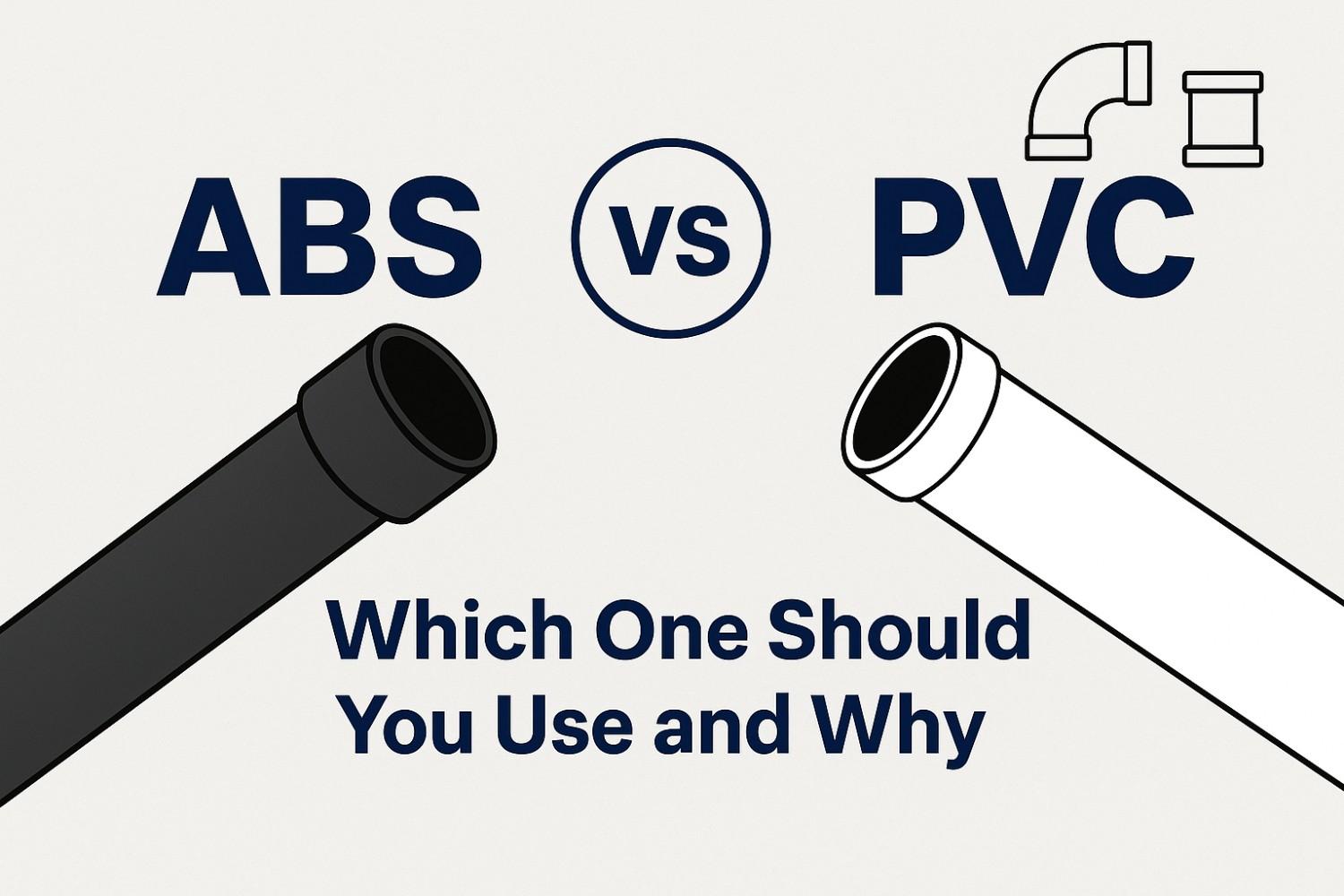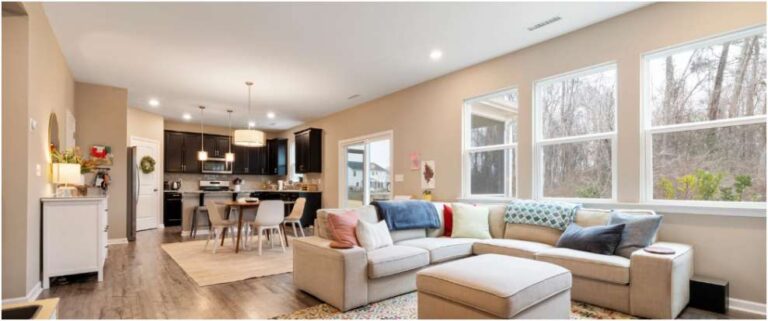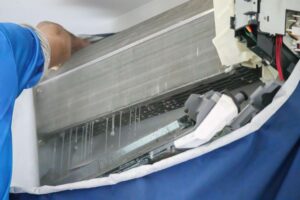When it comes to choosing between ABS vs PVC piping, many homeowners and professionals face a key question: which material is the right fit for your project? Whether you’re dealing with a basement remodel, outdoor irrigation, or plumbing in a mobile van build, the differences between ABS and PVC matter. In this article, we’ll break down their pros and cons, uses, installation methods, and give you the decision-framework to pick confidently.
What is ABS and What is PVC? Understanding the Basics
ABS (Acrylonitrile Butadiene Styrene) and PVC (Polyvinyl Chloride) are two widely used plastic piping materials. They share many similarities in durability and code-approval for drain-waste-vent (DWV) applications, but their physical and installation characteristics differ in ways that affect performance in specific environments.
Key Material Differences
- Flexibility & impact resistance: ABS is generally more impact-resistant and slightly more rigid than PVC, making it well suited for cold climates or underground installation.
- Heat and UV exposure: PVC tends to handle heat and UV exposure better (especially above grade) and is available in a wider range of fittings.
- Noise and vibration: PVC inherently dampens sound better, making it quieter under flowing drain water—something many homeowners appreciate.
- Cost and availability: In many regions, ABS and PVC are closely priced, though availability and specific code approvals may shift cost in your market.
ABS vs PVC: A Comparison Table
Here’s a quick side-by-side to help you compare at a glance:
| Feature | ABS | PVC |
| Impact/Cold-weather | Stronger for impact & cold | Good but slightly less rigid |
| Heat/UV exposure | Acceptable for indoor/underground | Better for above-grade/UV zones |
| Sound reduction | Decent | Better acoustic performance |
| Joining & compatibility | Usually one-step cement only | Primer + solvent cement common |
| Mixing materials | Generally not allowed | May require transition fitting |
| Typical use-case | Underground trenches, basements | Above-ground drains, PVC branch lines |
| Lifespan (typical) | ~40-50 years (varies by condition) | ~60+ years under ideal conditions |
This table helps clarify what each material brings to the job site—and where one might outperform the other.
When to Use ABS vs PVC: Matching Material to Job Site
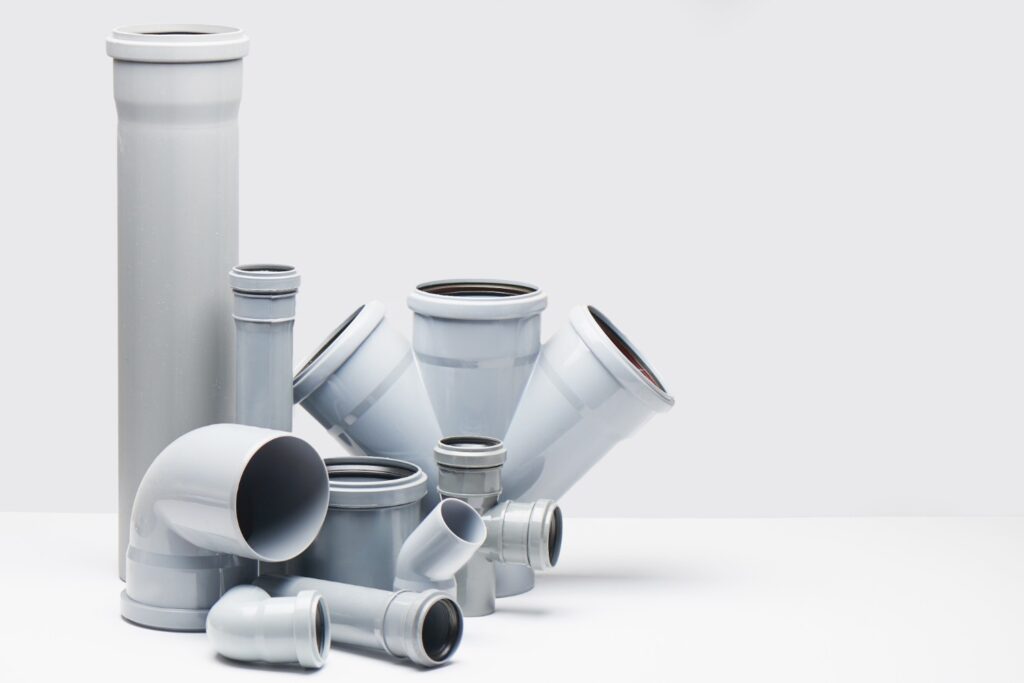
Use Cases for ABS
If you’re installing piping in colder climates, underground trenches, or where you’ll need high impact resistance, ABS often wins. Because it responds well to impact and resists brittle fractures, it’s a strong choice for basements or slab penetrations. Also, if the local code or inspection regime gives you more flexibility with ABS, that’s a plus.
Use Cases for PVC
On the flip side, if you’re working above grade, exposed to sunlight or heat, or concerned about long-term sound transmission (for example in a finished basement or multi-story building), PVC may be the better bet. It has broader fitting availability, and its acoustic performance is attractive for homeowner-facing spaces.
Climate & Location Matrix
- Cold, underground, rough terrain → ABS.
- Warm climate, above ground, noise concerns → PVC.
- Mixed system → Consider a transition fitting and check local codes (see next section).
Installation, Joining & Code Compatibility for ABS vs PVC

Joining Methods
- ABS: Many systems allow one-step solvent cement for ABS to ABS connections.
- PVC: Typically requires primer and solvent cement. Codes often insist on primer when using PVC.
- Mixing ABS to PVC: Most jurisdictions do not permit direct solvent-cement join of ABS to PVC. A proper transition coupling is needed. Always check your local plumbing code or inspector guidelines.
Code Considerations
Regional codes vary. Some states permit ABS above grade; others restrict it due to UV degradation. Others limit mixing ABS and PVC. Always check your municipal plumbing code. Including a brief note or map on your site describing common regional code practices can boost your authority.
Noise, Longevity & Owner-Experience: What to Expect
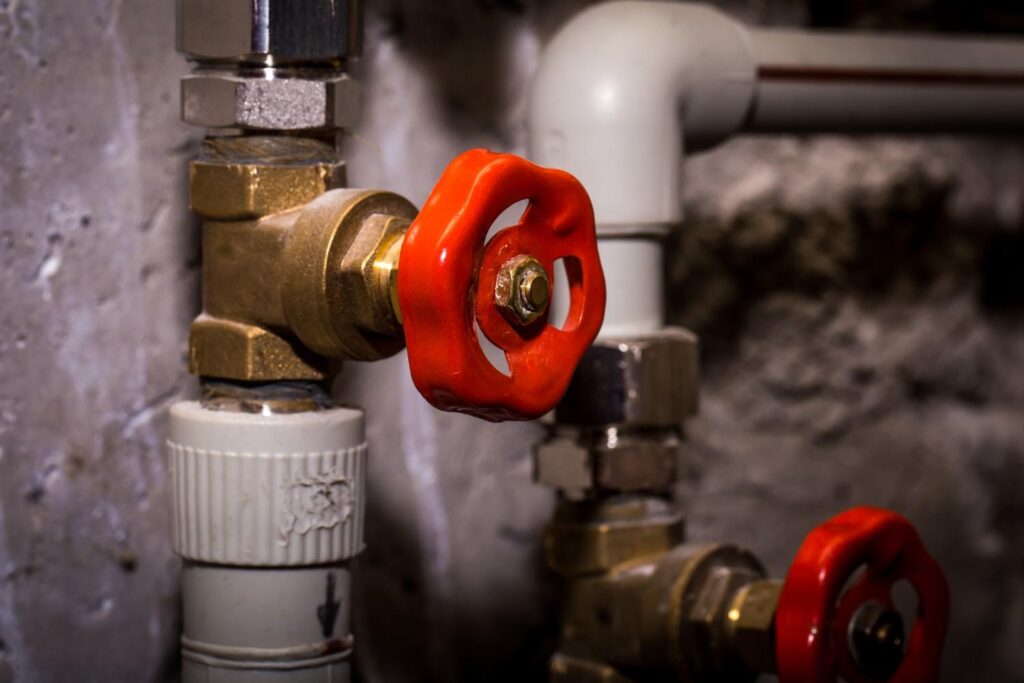
Noise & Comfort
If you’ve ever crept downstairs at night and heard drain water “echoing”, you know acoustics matter. PVC’s slight flexibility and resonance-dampening tend to reduce audible flow noise better than ABS. If finishing a living space where comfort matters, that’s a point in PVC’s favor.
Longevity & Maintenance
Both ABS and PVC offer decades of service life under proper conditions. Typical figures are about 40-50 years for ABS and 60+ years for PVC under ideal conditions. These are estimates; true life depends on installation quality, exposure to UV/chemicals, joint integrity, and wear or shifting in the substrate.
Cost Reality
While cost differences are often modest, don’t assume one is always cheaper. Availability, fittings, local code inspections, and labor rates can shift the total installed cost. Including a cost-range section (with caveats) helps users feel informed rather than surprised.
Frequently Asked Questions (FAQs)
1. Can you glue ABS to PVC?
In most jurisdictions, no—direct solvent-cement join of ABS to PVC is not permitted. Instead, you’ll need a manufacturer-approved transition fitting that’s specifically rated for ABS-to-PVC. Always reference your local code.
2. Is ABS or PVC stronger?
“Stronger” depends on the metric. ABS shows better impact and cold-weather resilience, while PVC tends to handle UV, heat, and acoustic damping better. Choose based on the job environment rather than a generic “stronger” label.
3. Which is quieter—ABS or PVC?
PVC typically produces less audible sound from flowing water. If you’re installing plumbing in a living space (finished basement, condo, etc.), PVC may offer a comfort advantage.
4. What about mixing ABS and PVC in one system?
It’s possible—but only if you use a certified transition coupling and comply with local plumbing regulations. Some jurisdictions prohibit mixing altogether. Always check your code inspector before proceeding.
Conclusion: Choosing Between ABS vs PVC
In summary, when you weigh ABS vs PVC, the decision comes down to your specific conditions—environment, location (underground vs above grade), noise/sound concerns, code restrictions, and installation method. If you’re installing in cold, rough, underground terrain where impact resistance matters, ABS may be your best choice.
If you’re in a living space, above grade, or want better sound performance and broader fitting choices, PVC likely gives you the edge. Whatever you choose, aligning your decision with context and code will deliver that “right pipe for the job” outcome.





